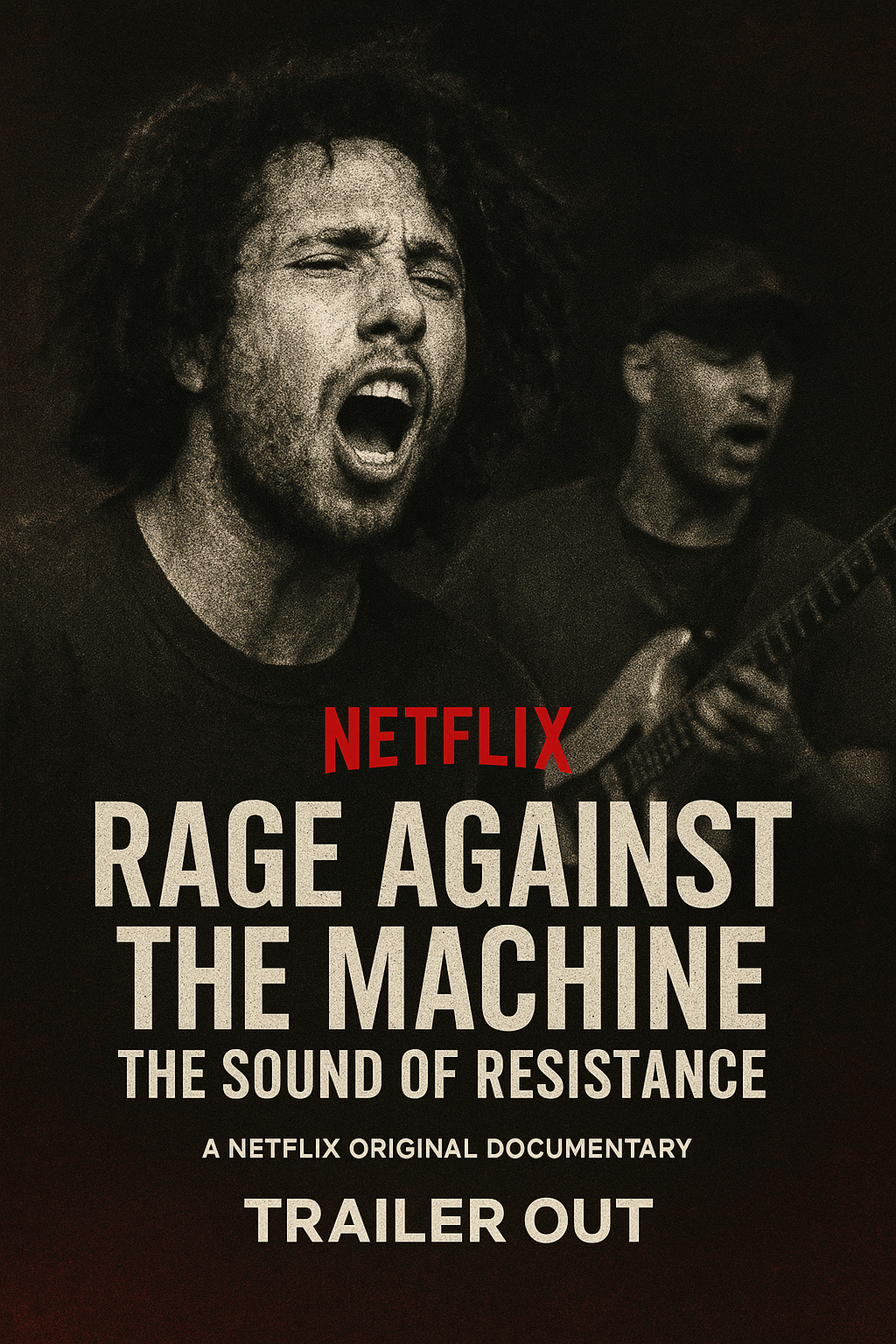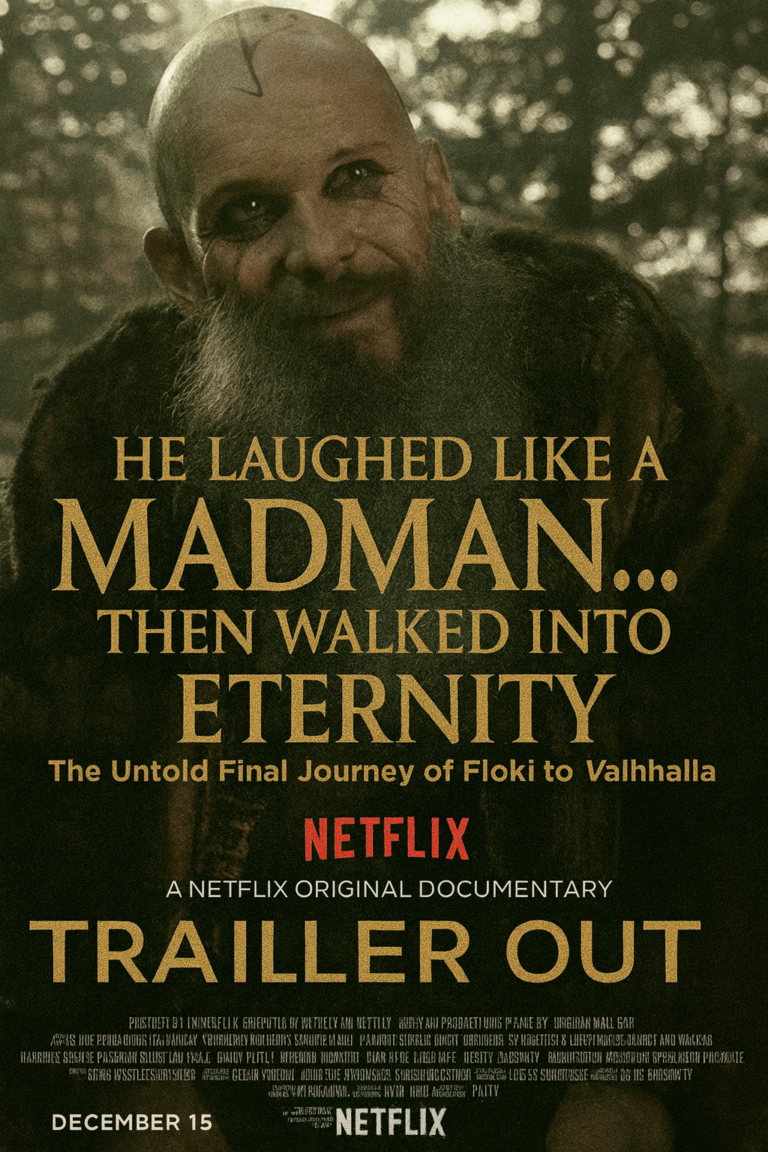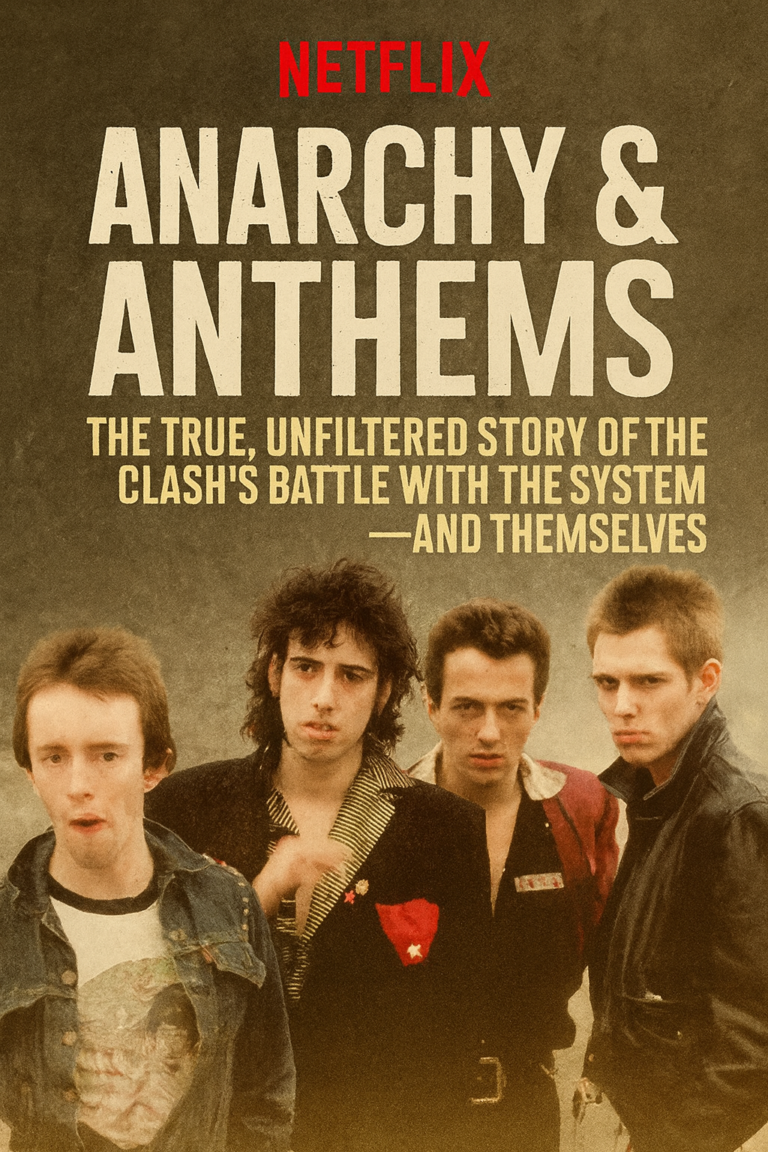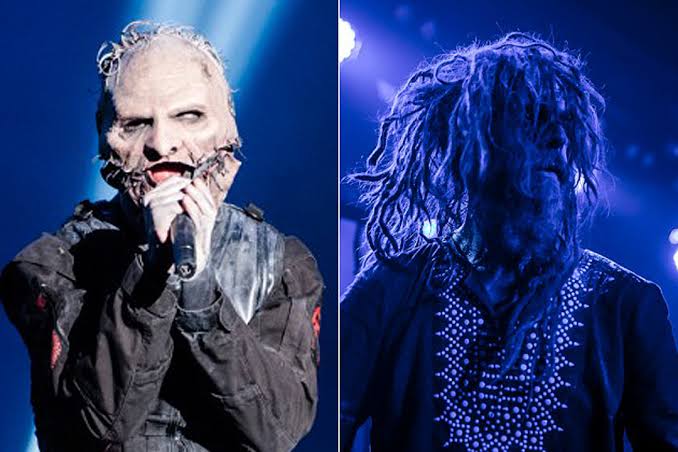
Few bands have ever captured rebellion, rage, and revolution the way Rage Against the Machine did. Netflix’s new documentary series, Rage Against the Machine: The Sound of Resistance, pulls back the curtain on a group that wasn’t just making music — they were making history. The series digs deep into the roots of their politically charged sound, exploring how four musicians fused metal, hip-hop, and activism to become one of the most influential voices of their generation. Through rare footage, never-before-seen interviews, and visceral live performances, the show captures the essence of what made Rage so electrifying and timeless.
The series begins in Los Angeles in the early 1990s, painting a vivid portrait of the social and political unrest that shaped the band’s message. Netflix’s production team immerses viewers in the cultural chaos of that time — police brutality, economic inequality, and political corruption — all of which fueled the fire behind Rage’s lyrics. It’s a powerful reminder that their music didn’t emerge from fame or image, but from frustration and purpose. As Tom Morello recalls in one of the opening scenes, “We weren’t trying to fit in; we were trying to fight back.”
As the story unfolds, the documentary dives into the creation of their debut self-titled album, an explosive manifesto that changed music forever. The raw energy behind tracks like “Killing in the Name” and “Bombtrack” comes alive in newly restored studio footage, showcasing the chemistry between Morello, Zack de la Rocha, Tim Commerford, and Brad Wilk. Netflix’s attention to detail is impeccable, blending modern commentary with archival performance clips that feel as urgent now as they did three decades ago.
In the middle episodes, the series explores the band’s meteoric rise — from underground clubs to massive stages around the world. But instead of glorifying their fame, Netflix centers the story on their activism. Fans witness how Rage used every concert, interview, and award show appearance as a weapon of protest. Whether it was shutting down Wall Street or defying censorship on live television, Rage Against the Machine became the embodiment of defiance. The documentary refuses to sanitize these moments; instead, it confronts their controversies head-on, giving viewers a clear sense of the band’s uncompromising spirit.
The emotional depth of the series peaks when addressing the band’s internal tensions and eventual breakup. Fame and ideology collided, creating fractures between members who once stood united. These scenes are raw and heartfelt, showing the cost of staying true to one’s beliefs in a world driven by commerce and compromise. Yet even in their silence, Rage’s message continued to echo — their influence on generations of activists and musicians remains undeniable.
Netflix also dedicates a full episode to the reunion years, documenting the band’s explosive return to the stage and the renewed relevance of their message. Archival concert footage from festivals around the world showcases the same fury and precision that defined their youth, proving that their fire never dimmed. Through modern interviews, each member reflects on what it means to see fans from multiple generations chanting their anthems for justice. It’s more than nostalgia; it’s a testament to the endurance of truth in art.
The cinematography deserves special mention. Every shot feels intentional, with gritty tones and bold color grading that mirror the band’s energy. Netflix complements this visual style with sharp editing that matches the rhythm of their songs, making the viewing experience pulse like a live show. The sound design — thunderous riffs and chants of the crowd layered over protest visuals — transforms each episode into a visceral, emotional ride.
October 27, 2025, marks the official global release of Rage Against the Machine: The Sound of Resistance on Netflix. The anticipation has been intense, with fans and critics already praising the series for its fearless storytelling and cultural resonance. Social media is ablaze with clips and quotes, and viewers around the world are reigniting conversations about justice, freedom, and rebellion. It’s a fitting release for a band whose music feels just as urgent today as it did in the ‘90s.
By the final episode, the documentary ties everything together with one profound realization — Rage Against the Machine was never just about music. They were about movement. Their sound was a rallying cry for the oppressed, a thunderous demand for truth in a world built on lies. The final performance montage, set to “Wake Up,” leaves audiences with chills, reminding everyone that rebellion doesn’t die; it evolves.
Netflix’s Rage Against the Machine: The Sound of Resistance is more than a documentary — it’s a cultural awakening. It celebrates four musicians who dared to speak truth to power and inspired millions to question everything. Whether you’re a longtime fan or a newcomer discovering their message for the first time, this series is a must-watch experience that reignites the power of music to change the world.



